The National Gallery, the British Museum, the Bank of England, St Paul’s Cathedral, Manchester Central Library, the UN Headquarters in New York, the Cenotaph, and the gravestones erected by the Commonwealth War Graves Commission are all made from the same material. Henry Moore used it for his first public commission, the relief West Wind at 55 Broadway (1928–9). This 1955 Pathé film announces that the only major buildings in London not made of it are Westminster Cathedral and the House of Commons. ‘Like oil paint’, Jonathan Meades wrote when he reviewed the monument to Bomber Command in Hyde Park, it is ‘supposedly prestigious no matter how coarsely it is handled’.
In geological terms, Portland stone is a limestone, formed by the forces of Jurassic seas. Parts of it show the imprint of ancient sea creatures, giving the passage of 150 million years solid form. The Isle of Portland itself is an odd protrusion into the sea attached to the Dorset Coast along Chesil Beach. It has been mined by generations of quarrymen, and by inmates from the prisons that were built there to take advantage of the natural isolation. The incalculable negative space this has left – St Paul’s alone took around a million cubic feet – forms the subject of Katrina Palmer’s new commission for Artangel and BBC Radio 4.
The commission comes in three interlocking parts. End Matter is a book made in collaboration with Book Works. The Quarryman’s Daughters is a Radio 4 programme which gives a synopsis of the project, and ends with a version of the third part – a site-specific audio walk called The Loss Adjusters. This begins at 52 Easton Street, the shabby offices of Palmer’s fictional loss adjusters; characters who are somewhere between bureaucrats, academics and mystics, employed to counterbalance loss and presence. They collect photographs of the vanishing Portland stone, and investigate how ‘individuals, in the midst of a vanishing physical environment, might adjust to this loss by heightening their sensual experiences’. They seem to follow us around as we walk a circular route past quarries and graves, listening to a disjointed mixture of ambient sounds, narration, monologue and dialogue on our headphones.
Palmer’s commission includes fragments of the island’s social history – the expectations on quarrymen’s daughters, the difficulties of an ex-convict gravedigger – that might make Song for Coal, Nick Crowe and Ian Rawlinson’s project at Yorkshire Sculpture Park last year a kind of precedent. The way she animates it with sexuality – there’s a strange group sex episode in the quarry, which ends with the participants arranged like ‘a relief: a frieze’ – brings it closer to Zola’s coal-mining novel, Germinal (1885).
But during a related talk at the Royal Institute of British Architects on London’s Portland Place, Palmer herself directed us to Mute Objects of Expression (tr. 2006), by Francis Ponge, whose poetry stems from his surrealist, obsessive focus on individual objects. His work was picked up by the theorist Jacques Derrida, whose notions of the limits of writing echo in the work of the loss adjusters. These ideas also come across in the work of the writer-in-residence character who is mentioned in the audio work – a kind of shadow-Palmer, sat upstairs in the adjusters’ office, trying to write a book. She ends up with End Matter, a slim, fascinating volume of all the apparatus around it – Postscript, Outro, Appendix, Epilogue – but not the text itself.
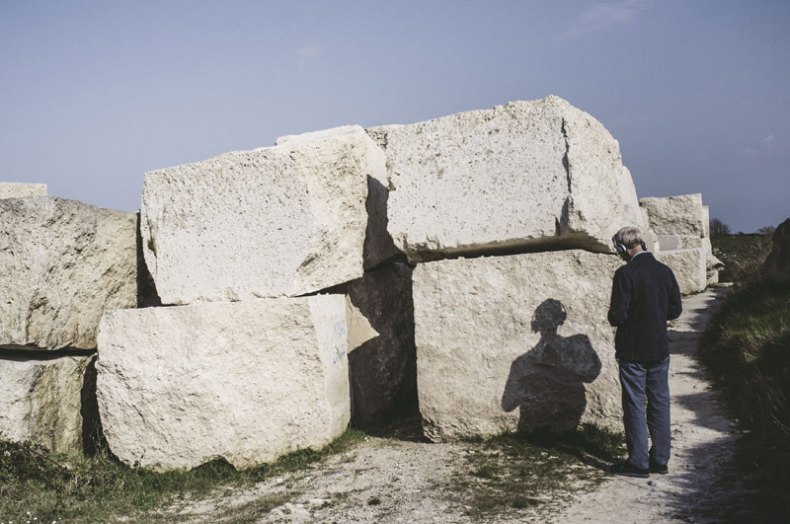
End Matter (2015), Katrina Palmer. An Artangel and BBC Radio 4 commission. Installation photograph by Brendan Buesnel
End Matter is a slightly wry counterbalance to the seriousness of the audio work, which doesn’t always come across well as a piece of dramatic writing. The sex scene may be necessary to the narrative, but the way it’s edited from End Matter is distractingly awkward.
In the radio broadcast, Artangel’s director James Lingwood suggests that place is another material, ‘just like stone or concrete or celluloid.’ It’s a broader principle of Artangel’s commissions that seems to have grown out of the same cultural moment as literary psychogeography, and on this evidence, it has mileage in it yet.
Cutting a hole in stone is a signature gesture of modernism, and offsetting an intangible loss with a tangible monument is an even older tradition. Palmer has always been interested in the book as a physical object, but this project is more generally sculptural in the way it controls space, and conceptual in the best sense of a brilliant intellectual and emotional idea that reimagines the world. The next time I was in London I’d become a loss adjuster myself, looking at buildings and memorials and thinking of holes, unable to forget the 140 miles and 150 million years they’d travelled.
For more information about Katrina Palmer’s ‘End Matter’ visit the Artangel website. ‘The Loss Adjusters’, a site-specific audio work, can be experienced on the Isle of Portland until 28 June 2015.
Related Articles
Unlimited access from just $16 every 3 months
Subscribe to get unlimited and exclusive access to the top art stories, interviews and exhibition reviews.

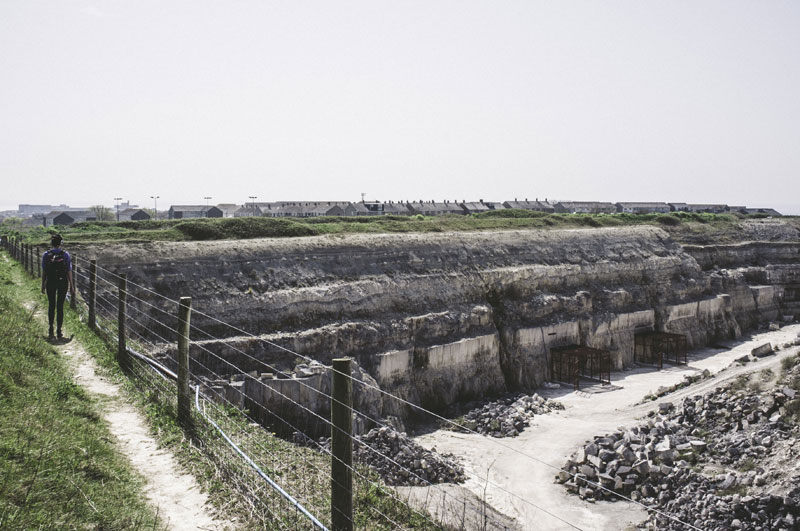
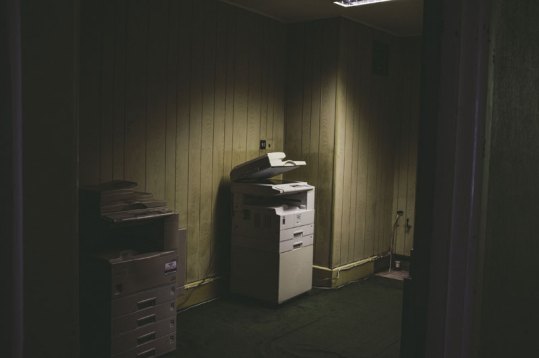
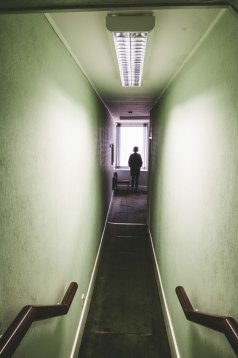


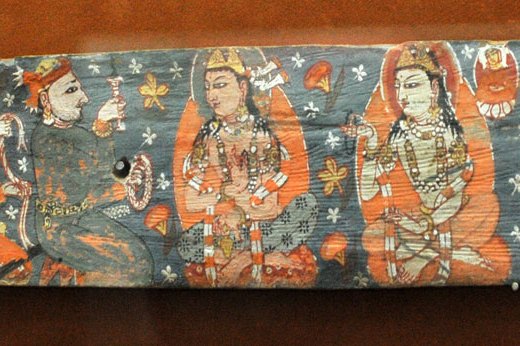









![Masterpiece [Re]discovery 2022. Photo: Ben Fisher Photography, courtesy of Masterpiece London](http://www.apollo-magazine.com/wp-content/uploads/2022/07/MPL2022_4263.jpg)
It’s time for the government of London to return to its rightful home